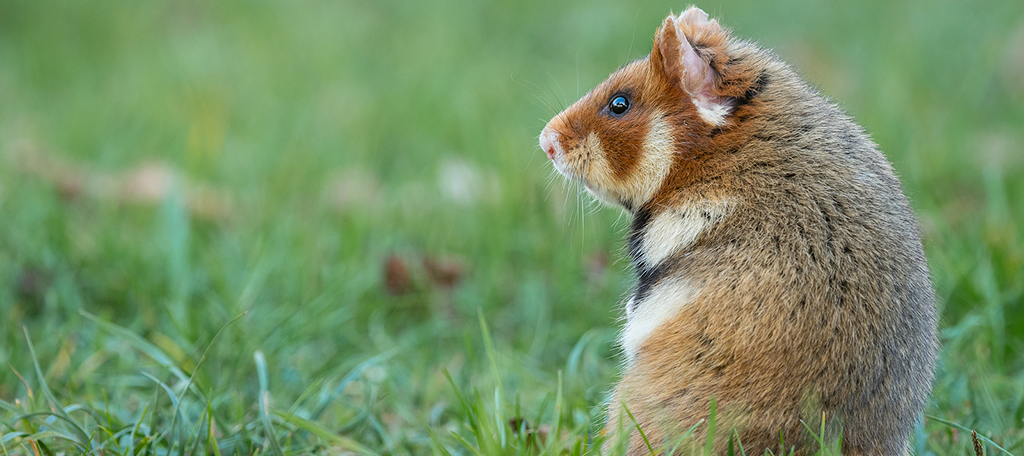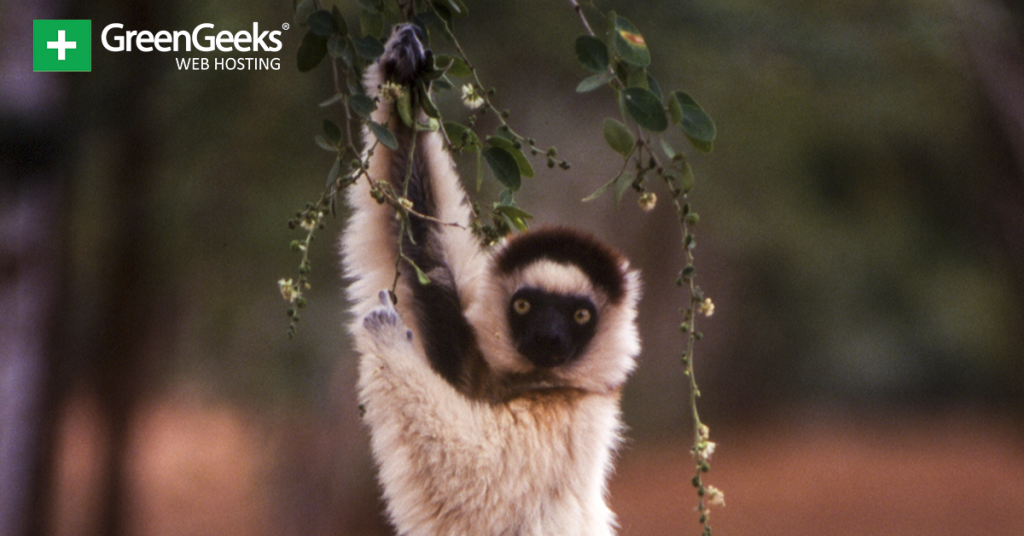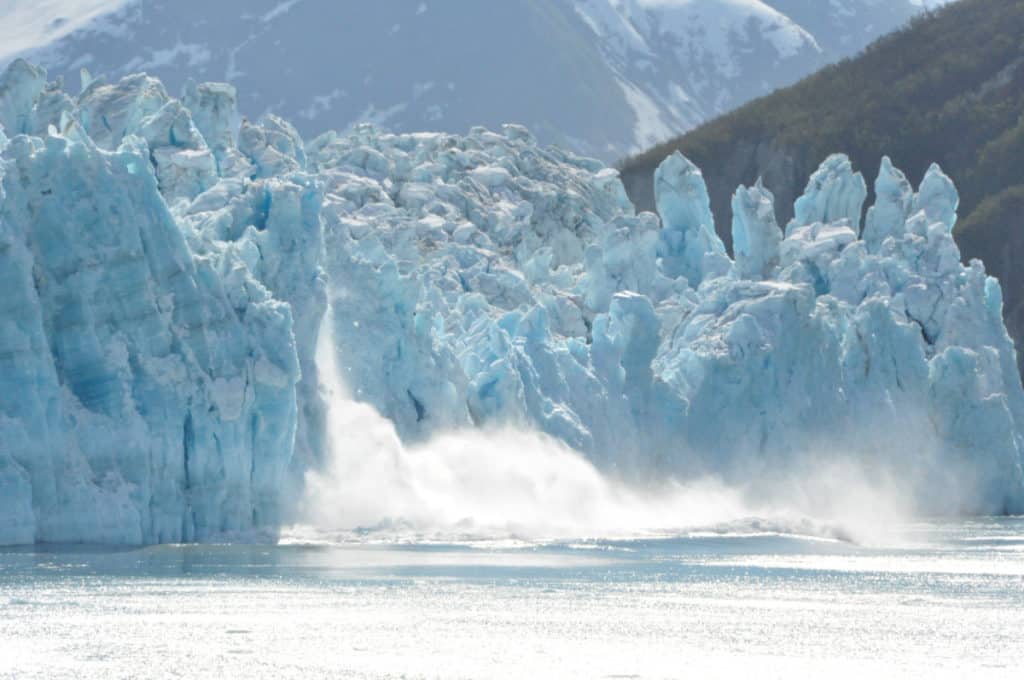The International Union for Conservation of Nature (ICUN) updated its statistics for 2020. As such, the number of species that are critically endangered has increased to over 32,000. However, due to the COVID-19 pandemic, the ICUN could not monitor more species, so the results might be even worse.
Overall, the ICUN could only monitor 120,000 species. And almost half of those were facing hardships that ranged from least concern to extinct. The driving force behind the decline in theses species populations is undoubtedly climate change.
What Are the Results
Straight from the ICUNs update, here are the results:
- TOTAL SPECIES ASSESSED = 120,372
- (Total threatened species = 32,441)
- Extinct = 882
- Extinct in the Wild = 77
- Critically Endangered = 6,811
- Endangered = 11,732
- Vulnerable = 13,898
- Near Threatened = 7,211
- Lower Risk/conservation dependent = 189 (this is an old category that is gradually being phased out of The IUCN Red List)
- Least Concern = 62,033
- Data Deficient = 17,539
Keep in mind that this is not a comprehensive list of species in the world and that due to the limitations, researchers focused on species that were already threatened, thus, the numbers are slightly biased in that regard.
What Species Are Suffering the Most

The biggest take away from this assessment is that lemurs are in trouble. Out of 107 lemur species, 103 are threatened with extinction and to make matters worse, 33 of those species are critically endangered.
The key factor for their population decline is the deforestation of Madagascar and hunting.
The North Atlantic Right Whale has moved from endangered to critically endangered. With less than 250 adults in our oceans, this species is on the cusp of extinction. The main problem this whale faces is climate change.
Due to the warming waters, it’s main prey has moved further north. As a result, the whale is more likely to run into boats and fishing nets.
The European Hampster is another species that was labeled as critically endangered. The reason for this decline is due to the reproduction rates declining. Previously, these hamsters were able to average 20 offspring a year. Now, it’s down to 6.
While the cause is still a mystery, the most likely culprit is global warming and light pollution.


